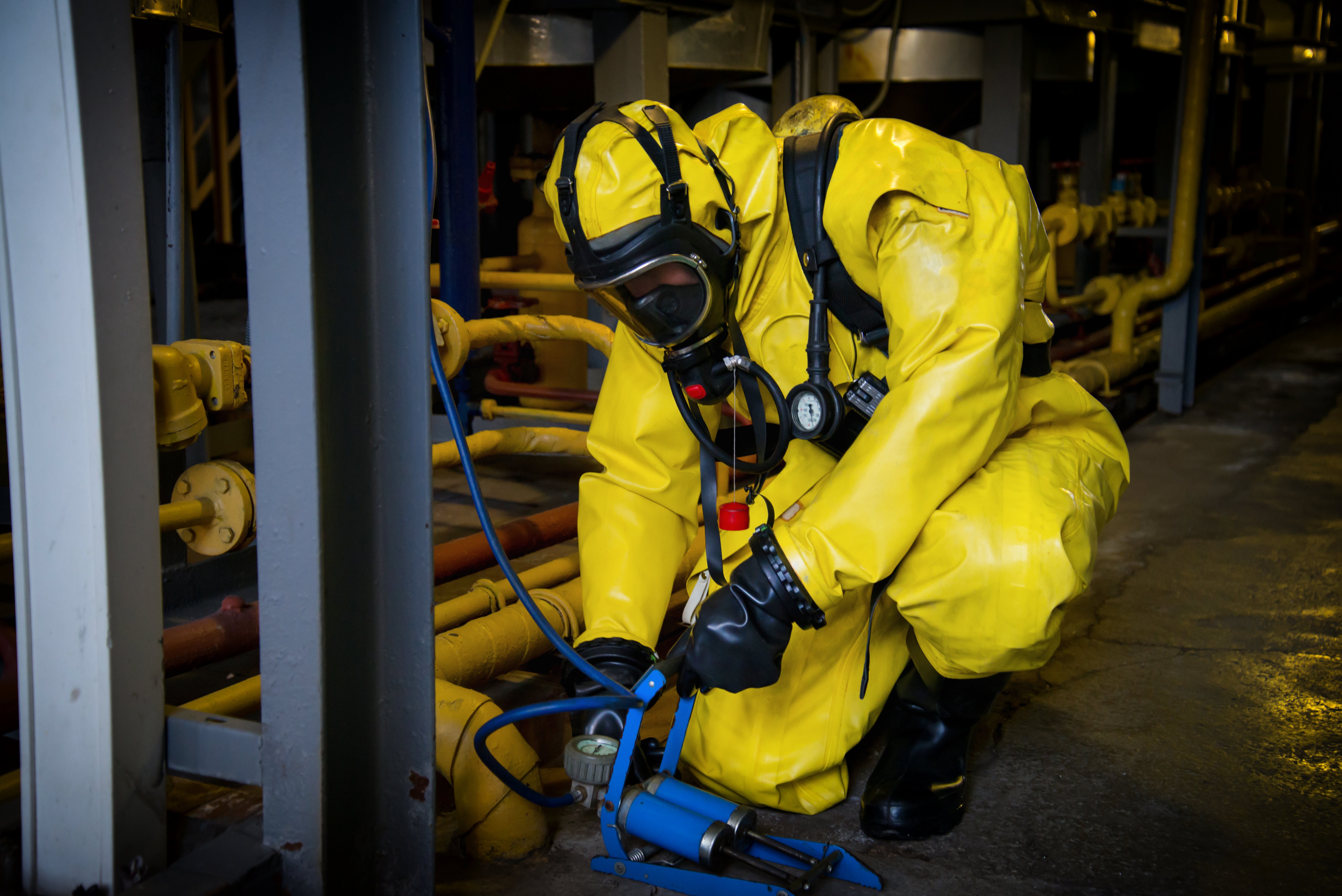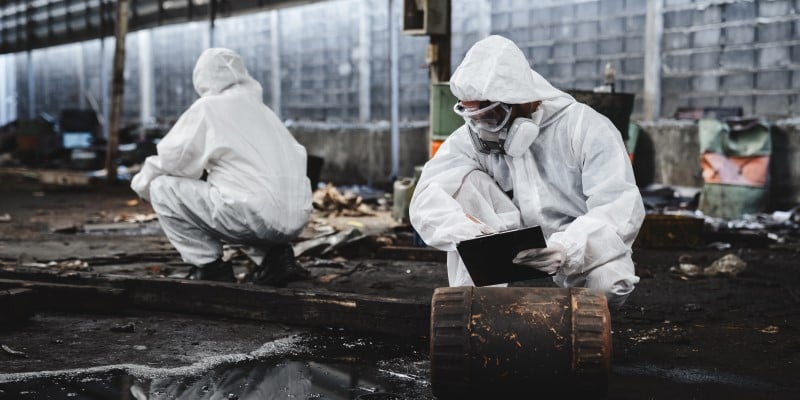
In the event of a known or suspected radiation accident or incident, the speed of response will be a critical factor in maximising the safety and wellbeing of people and the environment.
Understanding the nature and the significance of the radiation threat is key.
The International Atomic Energy Agency (IAEA) International Nuclear and Radiological Event Severity Scale (INES) provides an invaluable reference for radiological personnel by prioritising radiological incidents or accidents according to seven levels of severity.
The International Nuclear and Radiological Event Severity Scale (INES)
At the least severe end of the INES scale is what is termed a Level 1 Anomaly - which can include events such as the radiological exposure of a member of the public in excess of statutory annual limits, a minor problem with safety components or the loss or theft of a low-activity radioactive source.
Incident levels 2 and 3 on the scale cover such events as a significant failure in the provision of radiological safety, the inadequate packaging or mis delivery of a highly radioactive sealed source or the loss or theft of a highly radioactive sealed source.
An accident where there is a high probability of significant public exposure (such as a release of a significant quantity of radioactive material) is classed as a Level 4 Accident with Local Consequences.
The release of a large quantity of radioactive material (such as a fire within a nuclear reactor) is termed to be an INES Level 5 Accident with Wider Consequences.
A Level 6 Serious Accident refers to the significant release of radioactive material where there is the likelihood of the need for planned countermeasures.
A Major Accident (Level 7) is typified by a major release of radioactive material where there is the risk of widespread health and environmental effects. The 1986 Chernobyl nuclear reactor incident and the 200 Fukushima Nuclear Accident were both deemed to be level 7 incidents on the INES scale.
Enhancing radiological preparedness
Providing the opportunity for realistic hands-on training is a key factor in ensuring that personnel both achieve and maintain the required level of radiological preparedness.
Finding practical and affordable ways to deliver this desired authenticity of training however, can often prove challenging.
Radiological instructors have become well accustomed to juggling a multitude of environmental, health and safety regulations and budgetary considerations.
Often training decisions can come down to one of two choices: to enlist the services of a radiation control technician (RCT) who can oversee the safe execution of the exercise - or to opt for the use of a smaller button source which emits a vastly reduced amount of radiation activity but which can compromise the realism of the exercise.
Simulator detectors, which replicate the look and feel of actual detectors, have proven to be an invaluable asset in the training in the fundamentals of radiation.
But if an instructor wishes to take things further and plan out a whole scenario then it may be desirable to consider other options.
Wide-area instrumented training in real time
Integrated wide-area instrumented simulator training systems such as Argon Electronics' PlumeSIM and PlumeSIM-SMART, are providing radiological instructors with the ability to deliver even more realistic, rigorous and repeatable radiation training experiences.
Incorporating the use of a simulator training system into radiological exercises has been shown to offer substantial advantages, both for trainee and trainer.
Radiation scenarios can be staged in an unlimited variety of locations including public areas, community institutions, government buildings or enclosed spaces such as an aircraft or armoured vehicle.
When recreating the conditions of a radiological plume, the instructor has the power to predetermine every detail - be it the specific nuclide, the release time, latitude and longitude, the release rate, the source height, the source radius and the release duration.
Depending on the objectives of the exercise, and/or the availability of resources, scenarios can also be conducted live or virtually - with the option for trainers to test their trainees' skills both in table-top mode or in a field exercise.
Instructors can select the equipment that they wish to be used in the scenario - and they can allocate specific items of equipment to individual team members. In addition it is also easy to simulate all the possible errors that the trainee could make when using their equipment.
The addition of an instructor remote ensures that the trainer retains total control throughout the duration of the exercise, with the option to manage and manipulate a wide range of environmental factors such as the level of remaining contamination, persistency, and changes in wind and weather conditions.
Powerful after action review (AAR) provides an invaluable resource which enables trainer and trainee to replay and scrutinise the key events of an exercise and to verify each student's performance.
Integrated live training systems such as PlumeSIM enable radiological safety instructors to ramp up the level of realism of their exercises by simulating lethal threat levels and testing their trainees' multi-threat training capability.
When budgets are tight, the use of a subscription-based training option such as Argon's Plume-SIM Smart can also offer a viable alternative to purchasing a training system outright - by removing the need for expensive equipment or consumables, and with no requirement for calibration, maintenance or repair.
If you would like to learn more about how the PlumeSIM or PlumeSIM-SMART systems can aid in your CBRN response training then please register for one of our twice-weekly live webinars where Argon's Bryan Summers will talk you through the features and applications of the products.







